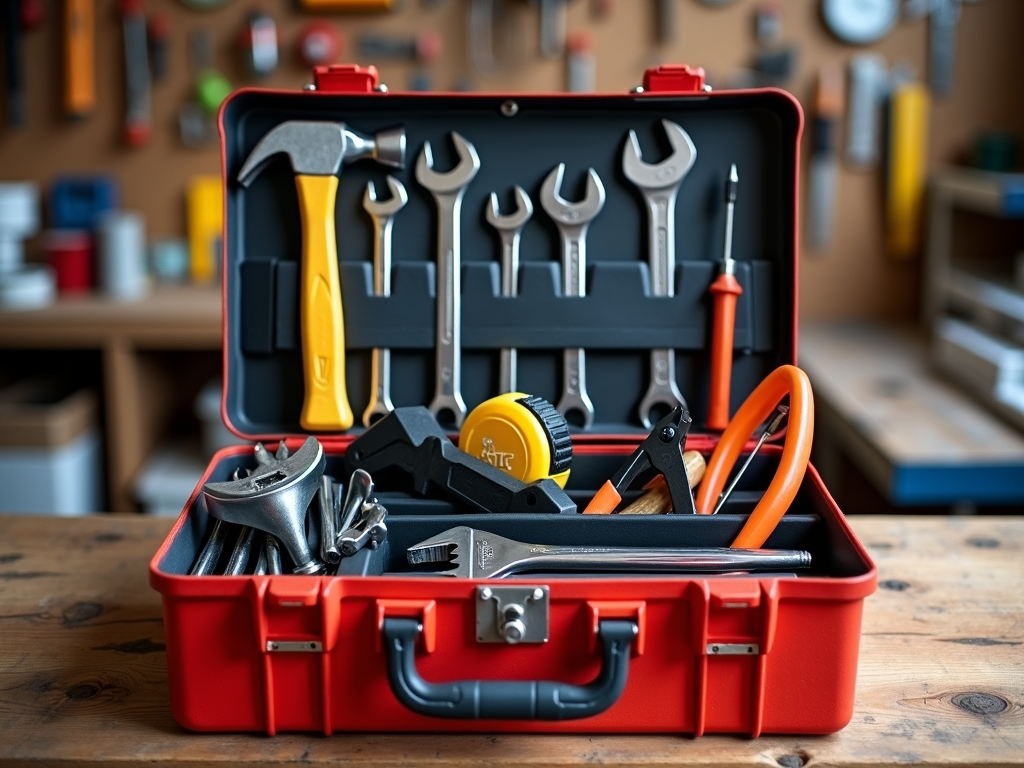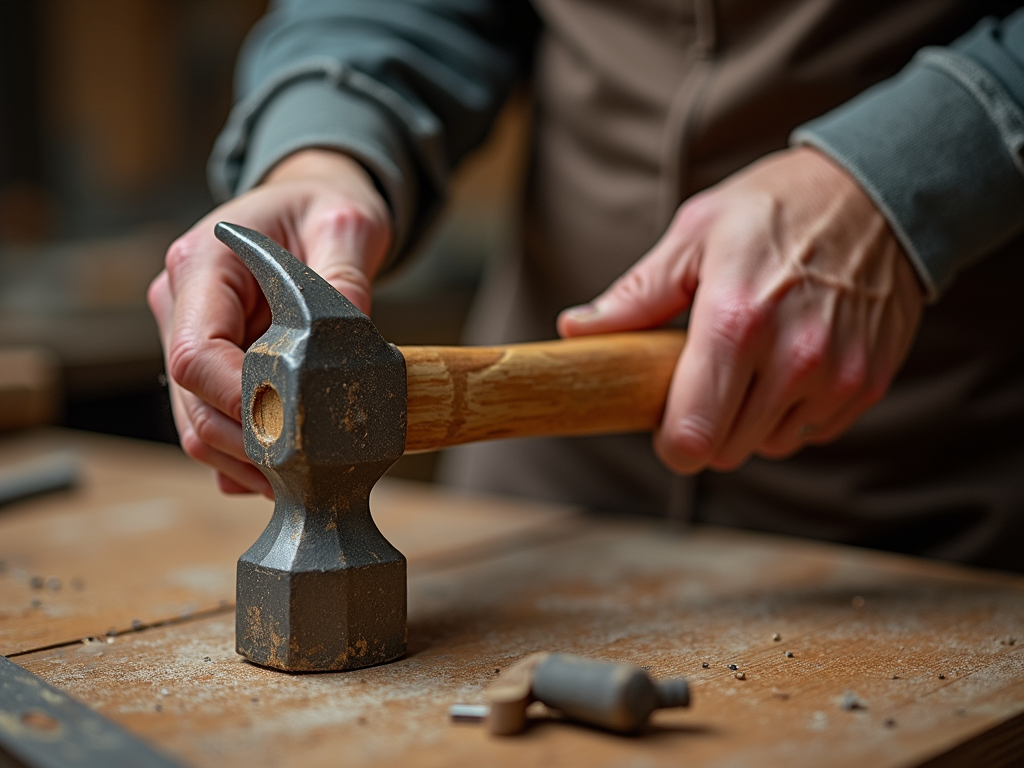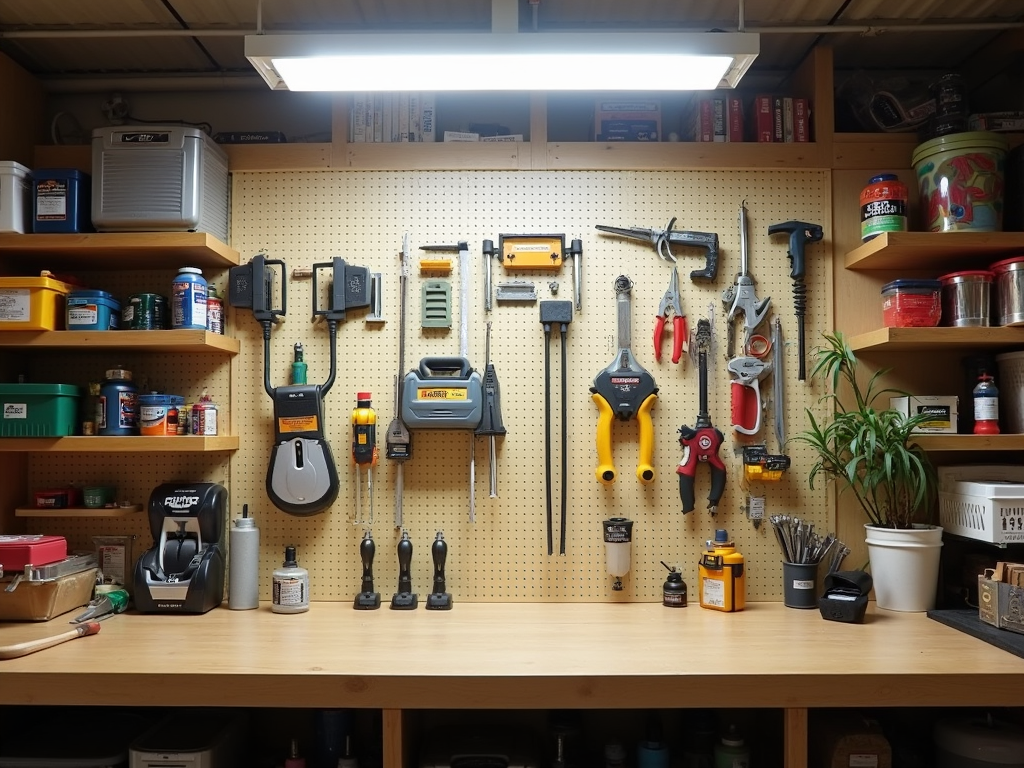A rotary tool is a small, powerful device that can cut, grind, polish, and engrave with ease. It’s a favorite among craftsmen and DIY fans because it’s so versatile and easy to use. In this article, we’ll dive into The Benefits of Using a Rotary Tool and show why it’s a game-changer for your workshop.
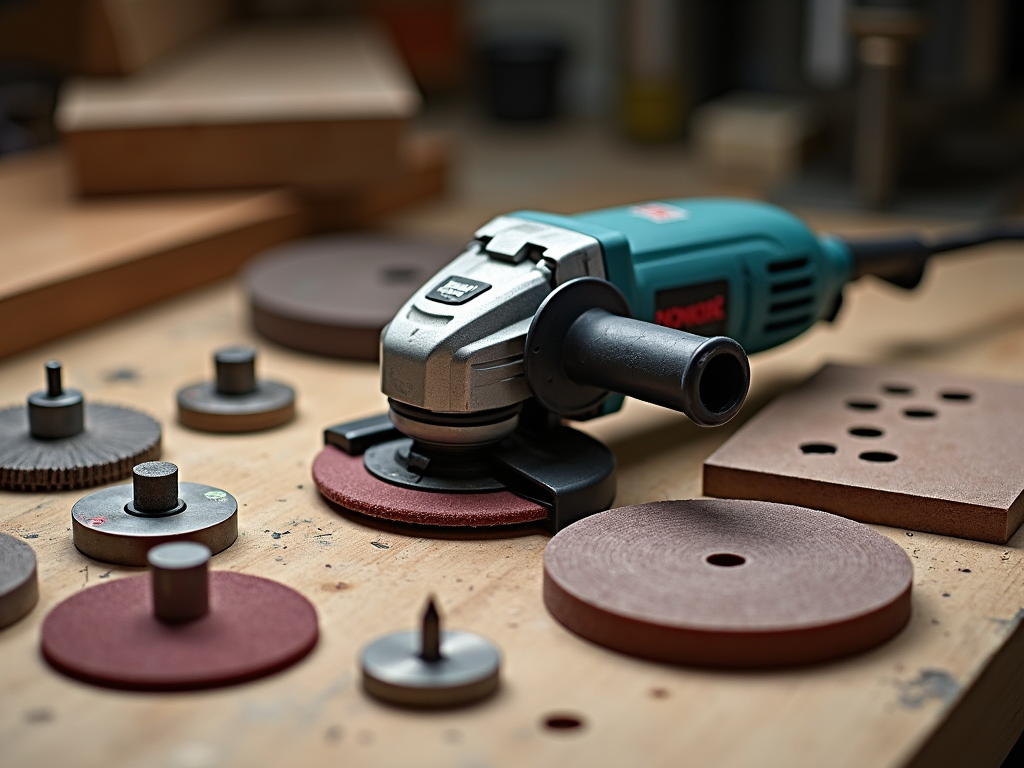
Versatility That Saves Time and Money
One of the best things about a rotary tool is how many jobs it can do. With just one tool and a few attachments, you can cut metal, sand wood, or even carve designs into glass. This beats buying separate tools for every task. I used to juggle a saw, a sander, and more when I started woodworking. Switching tools ate up my time. Then I got a rotary tool, and it was like having the Top 5 Multi-Tools Every Craftsman Needs in one handy package.

Precision for Detailed Work
Rotary tools shine when it comes to precision. Their small size and adjustable speeds let you tackle tiny, tricky jobs that bigger tools can’t touch. I once restored an old clock and had to clean rust off tiny screws without scratching the wood around them. The rotary tool’s fine tips and steady control made it a breeze. It’s perfect for detailed crafts or tight spots where accuracy matters.
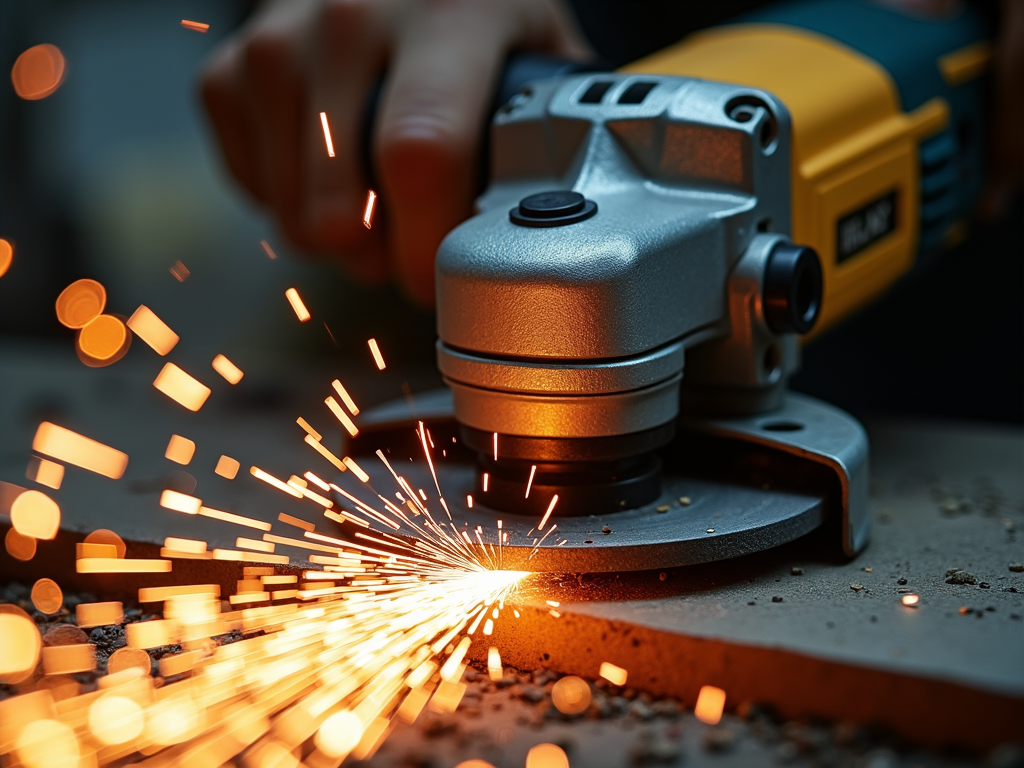
Lightweight and Easy to Use
These tools are light and simple to handle, which makes them great for long projects. Their ergonomic design means your hands won’t tire out fast. Plus, many come cordless, so you’re not stuck near an outlet. During a home project, I cut drywall for outlets in tight corners. The cordless rotary tool let me move freely without tripping over cords. It’s a must among advanced workman tools for professionals who value mobility.

Affordable for Any Budget
A rotary tool won’t break the bank. Instead of buying a bunch of specialized tools, you get one that does it all. They come in different price ranges, and a good one lasts years if you take care of it. I suggest spending a bit more on quality attachments—they last longer and work better. It’s a smart way to keep your workman tools collection lean and effective.
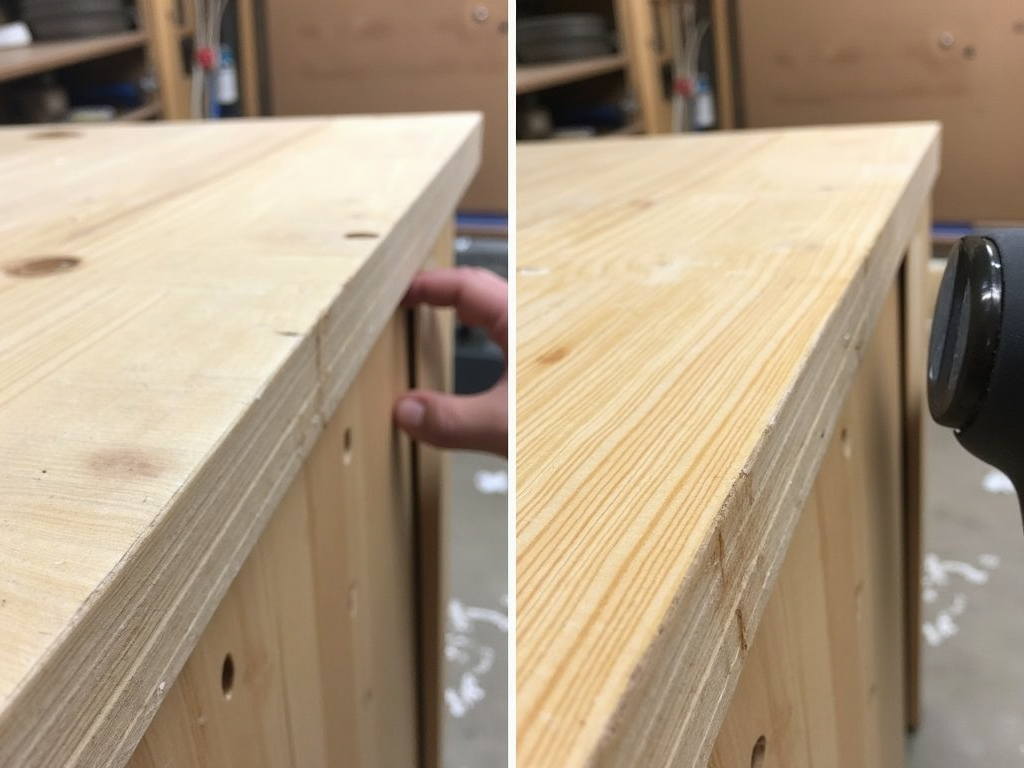
Endless Project Possibilities
You can use a rotary tool for tons of projects. In woodworking, it carves, sands, and drills. For metalwork, it grinds and cuts. Crafters love it for engraving and detailing. I made wooden signs for a café once—carving letters and smoothing edges with one tool. It’s amazing how it fits into any task, whether you’re on workbenches at home or in a pro shop.

Tips to Get the Most Out of It
Here’s how to use your rotary tool like a pro: - Wear safety gear: Goggles and a mask keep dust and bits away. - Start slow: Use a low speed and adjust up for control. - Pick the right attachment: Match it to your task to avoid messes. - Keep it clean: Regular maintenance keeps it running smooth. I learned this the hard way—sanding without a mask once left me coughing for hours. Safety first!

How It Stacks Up to Other Tools
A rotary tool isn’t like a drill that just makes holes or a sander that only smooths. It does both—and more. Think of it as a compact all-star in your workshop. For big jobs, you might still need a heavy-duty saw, but for versatility and precision, it’s tough to beat. It pairs perfectly with other workman tools to get any project done faster.
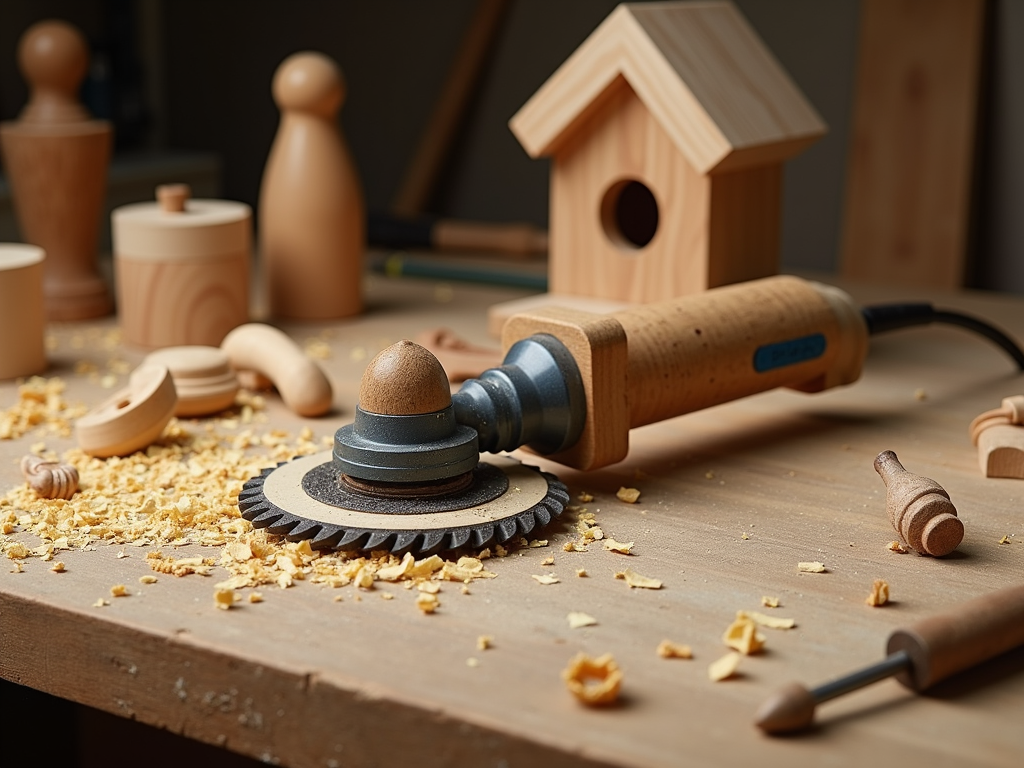
Why You Need One
In short, The Benefits of Using a Rotary Tool are hard to ignore. It’s versatile, precise, portable, and affordable, with uses for every kind of project. Whether you’re a pro or just starting out, it’s a tool that grows with you. Add it to your kit, and you’ll wonder how you ever worked without it.
Related The Benefits of Using a Rotary Tool:
- Top 5 Multi-Tools Every Craftsman Needs
- Essential Tools Every Workman Must Have: A Comprehensive Guide
- Mastering Metalwork: A Comprehensive Guide to Workman Tools
- The Art of Organization: Keeping Your Workspace Tidy and Functional
- The Future of Industrial Automation: Trends, Technologies, and Impacts
- 10 Must-Have Tools for Every Craftsman
- How to Maintain Your Workman Tools for Longevity
- Top Wrench Sets for Construction Workers: A Comprehensive Guide
- The Future of Painting: Embracing Innovation and AI for Efficiency
- Tips for Organizing Small Workshops Efficiently
- The Evolution of Power Tools: From Manual Labor to Modern Innovation
- Enhancing DIY Projects with Ergonomic Tools

